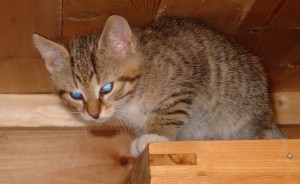Some time ago now, I was looking for a new laptop. Having compared the technical specifications of a number of models, I turned my attention to the most important aspect: the colour. Everybody knows black is the best colour, but which particular shade of black? There are, apparently, quite a few to choose from.
While some may settle for the plain Black, others will demand something more distinguished. The musician, for instance, might find Piano Black more attractive, while Ebony Black has, perhaps, an organic touch. For a more “hi-tech” feeling, there is Carbon Black, and if that is insufficient, Ultimate Carbon should hopefully do the trick. The French-sounding Intense Noir might, I speculate, be designed to evoke quasi-artistic images, whereas Platinum Black to me rings mostly of expensive and hardly at all of black. The last entry on my list is Liquorice Black, for which interpretation I refer to those capable of ingesting this vile substance.
To this day I remain completely clueless regarding any actual variation in physical appearance, as for my purchase I selected black, plain and simple, and spent the difference on a RAM upgrade.
